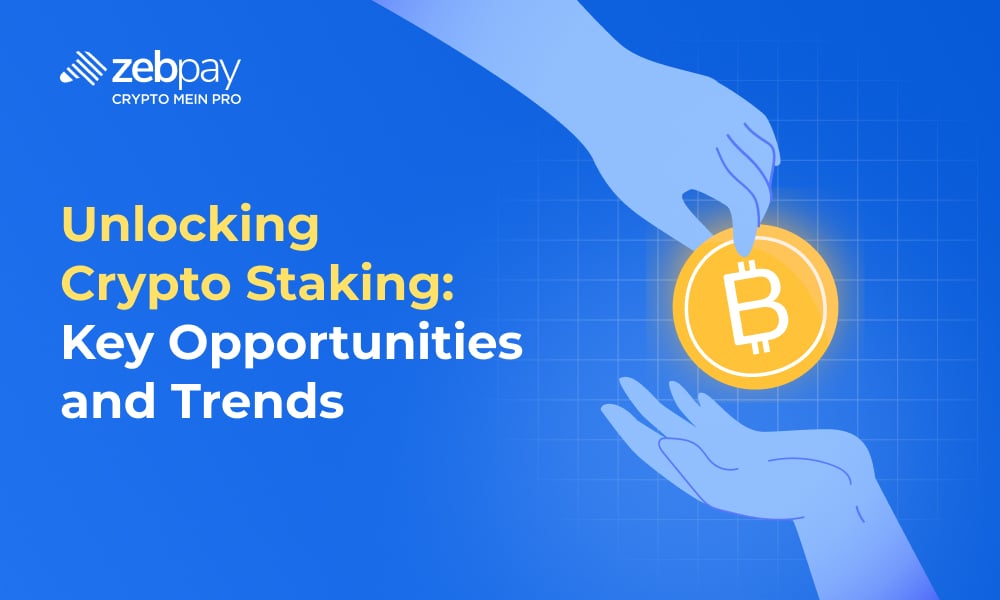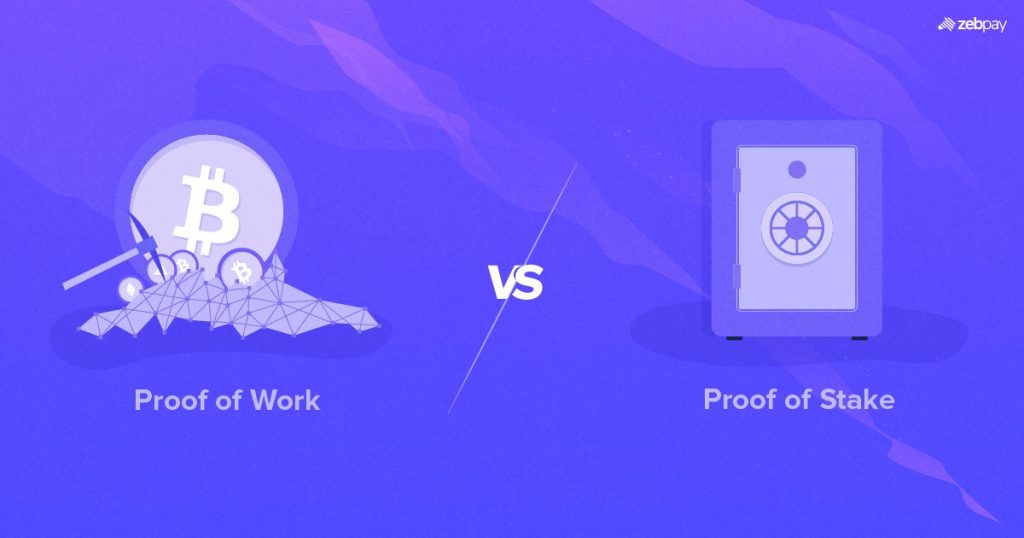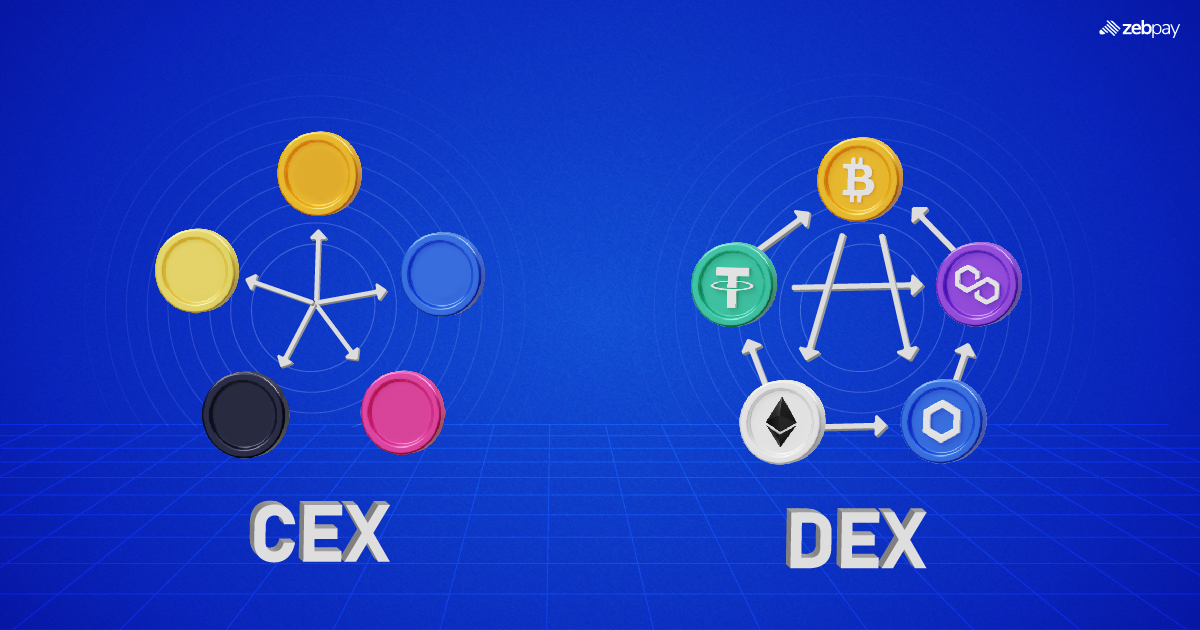In the evolving landscape of crypto assets, staking has emerged as a powerful mechanism driving growth and participation within blockchain ecosystems. As a process that rewards users for securing and validating networks on Proof-of-Stake (PoS) mechanisms, crypto staking has gained widespread attention for its potential to generate passive income and contribute to decentralised network governance. However, alongside these opportunities come significant challenges, including market volatility, technological risks, and regulatory uncertainties. The blog dives into the fundamentals of how crypto staking unlocks opportunities for investors and networks, and the challenges that need to be addressed to ensure its sustainable growth for the future.
Current Trends in Staking Practices
- Liquid Staking for Flexibility: Allows users to stake assets while retaining liquidity through tokenized derivatives that can be traded or used in decentralised finance (DeFi) protocols.
- Staking-as-a-Service Platforms: Simplifies staking for retail investors by offering user-friendly platforms to stake assets without technical complexities.
- Cross-Chain Staking: Enables staking across multiple blockchains, providing increased flexibility and the potential for higher rewards.
- DeFi and Staking Integration: Combines staking with DeFi strategies, where staked assets earn reward while also being leveraged lending, borrowing, or yield farming.
- Institutional Staking Participation: Institutions are entering the staking market, contributing to network security while earning consistent rewards, driving further mainstream adoption.
New Opportunities in Crypto Staking
- Tokenized Staking Derivatives: Liquid staking has unlocked the ability for users to stake assets while retaining liquidity. These tokenized derivatives can be traded, used in DeFi, or held for additional yield opportunities.
- Institutional Staking Products: Financial institutions are increasingly offering staking services, providing retail investors with accessible, professional-grade platforms, while fostering wider adoption.
- Layer-2 Staking Models: Innovations in layer-2 solutions are improved scalability and reduced costs, making staking accessible to users with smaller investments.
- Community-Based Staking Pools: Staking pools enable small-scale investors to combine resources, democratising access to staking rewards across communities.
Role of DeFi in Crypto Staking Opportunities
- Amplified Yield Opportunities: DeFi integrates staking into its ecosystem, allowing staked assets to generate additional returns through yield farming, lending, or liquidity provision.
- Interoperability of Assets: DeFi enables cross-chain staking, where staked tokens can interact seamlessly across different blockchains, expanding opportunities for users.
- Tokenized Collateral in DeFi: Staked assets are often used as collateral in lending platforms, merging the benefits of staking with decentralised borrowing opportunities.
- Incentivised Protocol Growth: DeFi projects incentivise users with governance tokens, promoting protocol growth while rewarding stakers with dual benefits.
Regulatory Considerations
- Tax Implications for Staking Rewards: Governments have started to introduce specific taxation policies for staking rewards, adding clarity but requiring users to stay compliant.
- Security and Transparency: Regulators demand increased transparency from staking service providers, ensuring the security of user funds.
- Global Regulatory Disparities: Staking faces varying legal frameworks globally, where some regions embrace staking-friendly policies while others impose restrictive measures.
Future Outlook
- Mainstream Adoption: As staking becomes more user-friendly and lucrative, it will likely drive the next wave of crypto adoption, attracting both retail and institutional investors.
- Technological Advancements: Continued innovation in blockchain protocols and layer-2 solutions will make staking more efficient, cost-effective, and inclusive.
- Greater Role in Sustainability: PoS is set to dominate as an eco-friendly alternative to Proof-of-Work (PoW), aligning with global ESG goals.
Conclusion
Crypto staking is transforming the financial landscape by offering an innovative, low-energy alternative for earning rewards. Its integration with DeFi, rapid technological advancements, and institutional interest underscore its potential to reshape digital asset markets. While challenges like regulatory uncertainties and market volatility remain, the future of staking is bright, paving the way for greater participation and financial inclusion. As staking evolves, its role in driving sustainability and innovation will position it as a cornerstone of the decentralised economy.
In the grand scheme of things, ZebPay blogs is here to provide you with crypto wisdom. Click on the button below and discover endless features on ZebPay!







